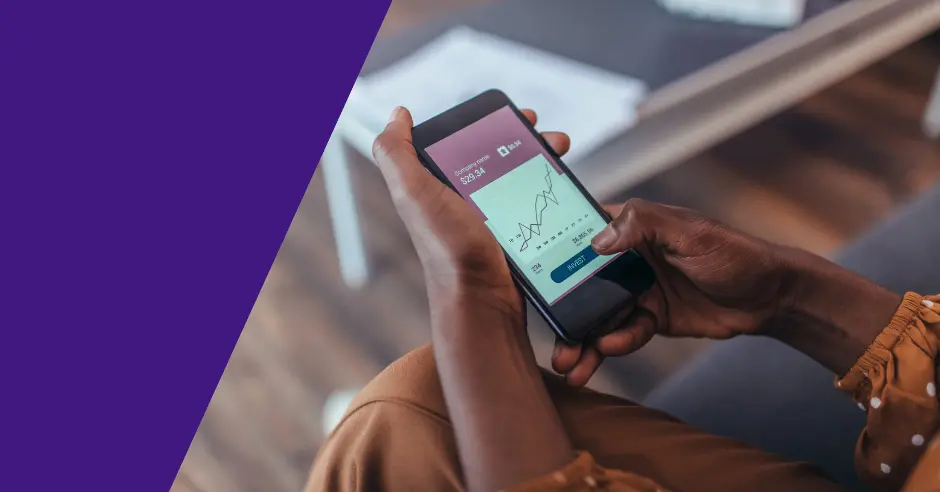
How To Use Brand Awareness Surveys To Measure Your Marketing Campaigns
Posted in:

Brand marketing campaigns are notoriously hard to measure. Luckily, in the past few years brand awareness surveys have become more accessible to marketers looking for better measurability and insights into their campaigns. By surveying your audience pre and post campaign, you will be able to start measuring the “unmeasurable” and learn how well your marketing is resonating with customers. When it comes to gauging the effectiveness of your brand marketing campaigns, there’s no better tool.
Some common ways to utilize brand awareness survey results are:
- To measure the effectiveness of marketing campaigns
- To track changes in brand awareness over time
- To understand customer perceptions of a brand
- To identify key messaging that resonates with customers
- To better understand customer needs and wants
Tools to create a brand awareness survey
You can use out of the box tools like SurveyMonkey or Pollfish to build and send your surveys to your desired audience by geography or demographic. At LeagueSide, we use Alchemer as our partner to deploy surveys to accurately measure youth sports sponsorship campaigns for our partners. They are a streamlined, user friendly survey tool that allows us to easily create and launch customized surveys.
Tips for using brand awareness surveys to their full potential
Some additional key recommendations for using surveys to measure your campaigns successfully are:
- Ensure there is no branding affiliated with the survey to prevent bias responses.
- Ensure the survey is sent out 2x, once to get your baseline and a second time to measure impact.
- Because every brand starts with different baselines, a good tip is to align the exact questions with those in your company’s brand tracker. That will then also allow you to compare the responses among your audience with your broader brand tracking metrics.
If you are trying to measure a sponsorship of a specific community event or group, it’s best to send your surveys directly to that audience, ideally sent by a trusted member of that group. For example, to survey families in a youth sports league, working with the league commissioner to request participation will increase responses.
How to achieve survey significance
The results of a survey are said to be significant if they can be accurately used to make generalizations about a population. This is determined by looking at the sample size and the margin of error.
To achieve survey significance with your brand awareness surveys, you will need to achieve a response rate that is statistically significant, meaning the sample size is considered statically representative of the population.
You can determine the number of respondents you’ll need to make your survey statistically significant by using a sample size calculator. To ensure the differences between pre and post campaign survey results are significant, use an A/B test calculator. We typically recommend aiming for a 5-10% response rate among your target population that were exposed to a campaign.
At LeagueSide, we always provide clients with accurate and representative data that we feel they can confidently use to understand the impact of their campaign and the overall impact of their brand.
How to use the results of a brand awareness survey
In addition to measuring lifts in brand metrics, surveys are a great way to learn about your customer base. For example, asking multiple choice or free response questions like, “When you think of a local hospital, which, if any, come to mind?”, or “How likely are you or a family member to choose Hospital XYZ?” can lead to gaining valuable insights directly from families in the communities that you serve.
You can use what you learn from your survey to evaluate different media channels, or identify improvements that can be made in messaging, imagery, and campaign timing.
Brand awareness surveys are a tool that should be in every marketer’s toolkit. Measurement is no longer a nice-to-have for marketers, so it’s important to understand the effects of channels that are traditionally more difficult to measure. Luckily, with the right resources, anyone can run a brand awareness survey to measure increases in brand awareness, loyalty, favorability, or other custom goals of an organization.
If you enjoyed this post, you might like:
